When building a home gym, it’s easy to get caught up in big machines and overlook smaller pieces of equipment that deliver incredible value. One of the most versatile and underrated additions is the angled dip bar. Compact, affordable, and brutally effective, an angled dip station can transform your upper body workouts and help you develop raw strength without complicated equipment.
What Makes an Angled Dip Station Special?
Unlike straight bars, angled dip bars are designed to offer multiple grip widths and wrist-friendly angles. This simple adjustment brings two major advantages:
-
Reduced Joint Strain: The natural hand positioning takes pressure off your wrists and shoulders, making dips more comfortable—especially for people with joint issues.
-
Targeted Muscle Engagement: By adjusting your grip width and angle, you can focus more on triceps, chest, or shoulders, adding variety and precision to your workout.
Most dip stations with angled bars are freestanding or wall-mounted, making them ideal for both compact home gyms and garage setups.
Muscle Groups You Can Target with an Angled Dip Bar
A good angled dip station isn’t just for dips. It supports a wide range of bodyweight movements. Here’s what you can expect to hit:
-
Chest: Leaning forward during dips emphasizes the lower chest, building thickness and definition.
-
Triceps: Staying upright shifts the focus to your triceps, making this a go-to movement for arm strength.
-
Shoulders: Certain variations, like Korean dips, also activate your front delts and stabilize your shoulders.
-
Core and Back: With creative programming, you can perform knee raises, leg lifts, and even assisted rows to engage your core and back muscles.
Real Training Benefits of Using Angled Dip Bars
Dips are often called the "upper body squat" for good reason. They develop functional strength, improve shoulder stability, and help you master body control. The angled version brings extra comfort and adaptability to the movement, making it easier to progress safely.
Personally, after years of switching between straight bars and rings, I’ve found angled dip stations to be the most joint-friendly option, especially during high-volume tricep sessions. I avoided shoulder flare-ups by adjusting my grip slightly outward, which made a noticeable difference in elbow tracking and shoulder comfort. If you're training hard but want longevity, the angled bar is a smart upgrade.
How to Set Up and Use Your Angled Dip Station
Setting up an angled dip station is straightforward. Here are some quick tips:
-
Height: Ideally, the bars should allow you to hang freely without your feet touching the floor.
-
Width and Angle: Most angled dip bars offer a V-shaped design, where the narrower section is better for triceps and the wider section targets the chest.
-
Anchoring: If you opt for a wall-mounted model, ensure it’s bolted into a solid wall stud or concrete for stability.
Once set up, incorporate dips into your routine 2-3 times a week. Start with bodyweight reps, progress to weighted dips, and explore variations like knee raises or L-sits for a complete upper body workout.
Final Thoughts
An angled dip bar is a compact powerhouse that brings a full range of upper body development to your home gym. Whether your goal is muscle mass, strength, or joint-friendly training, this simple tool offers unmatched value. With proper form and progressive overload, it will quickly become one of the most effective tools in your fitness arsenal.


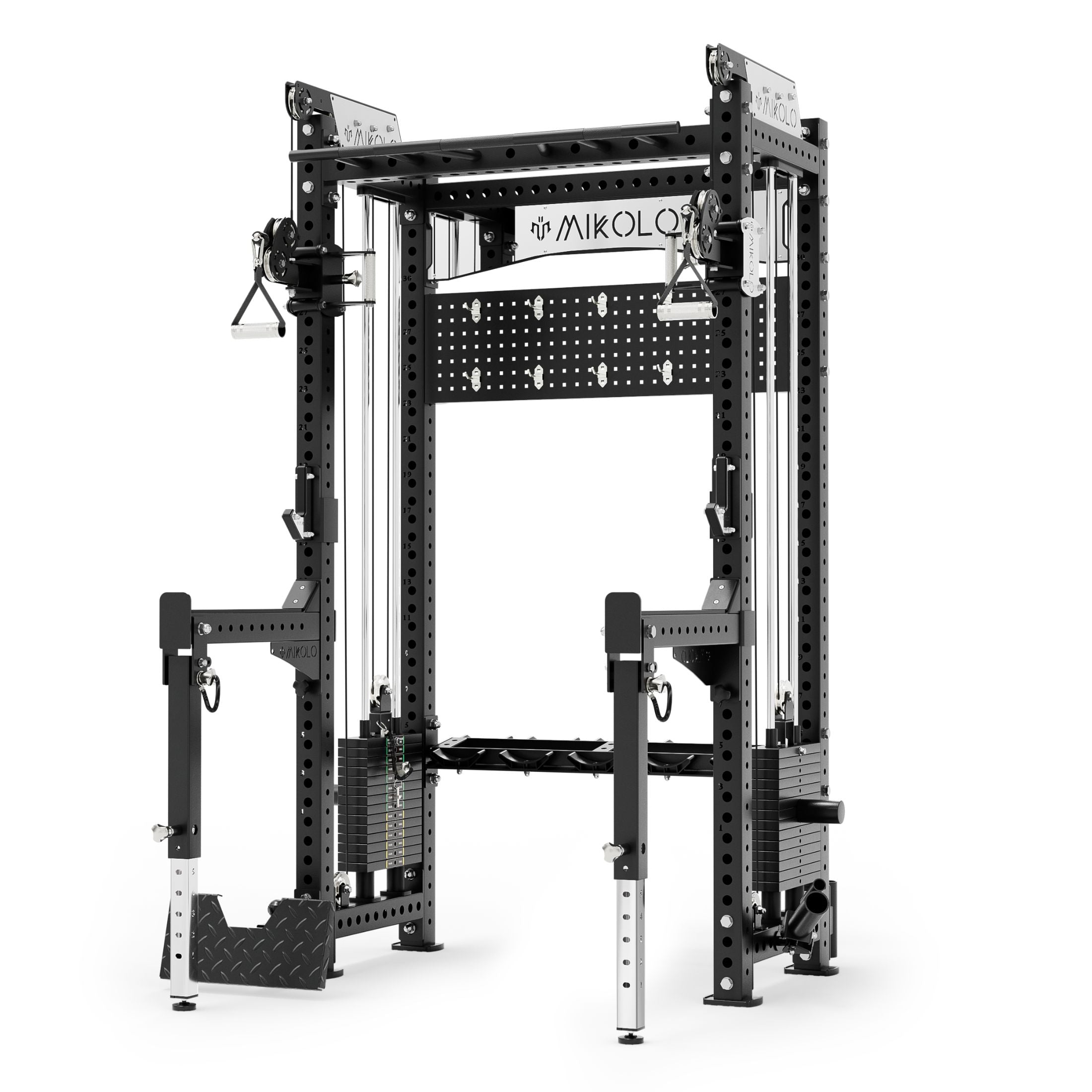
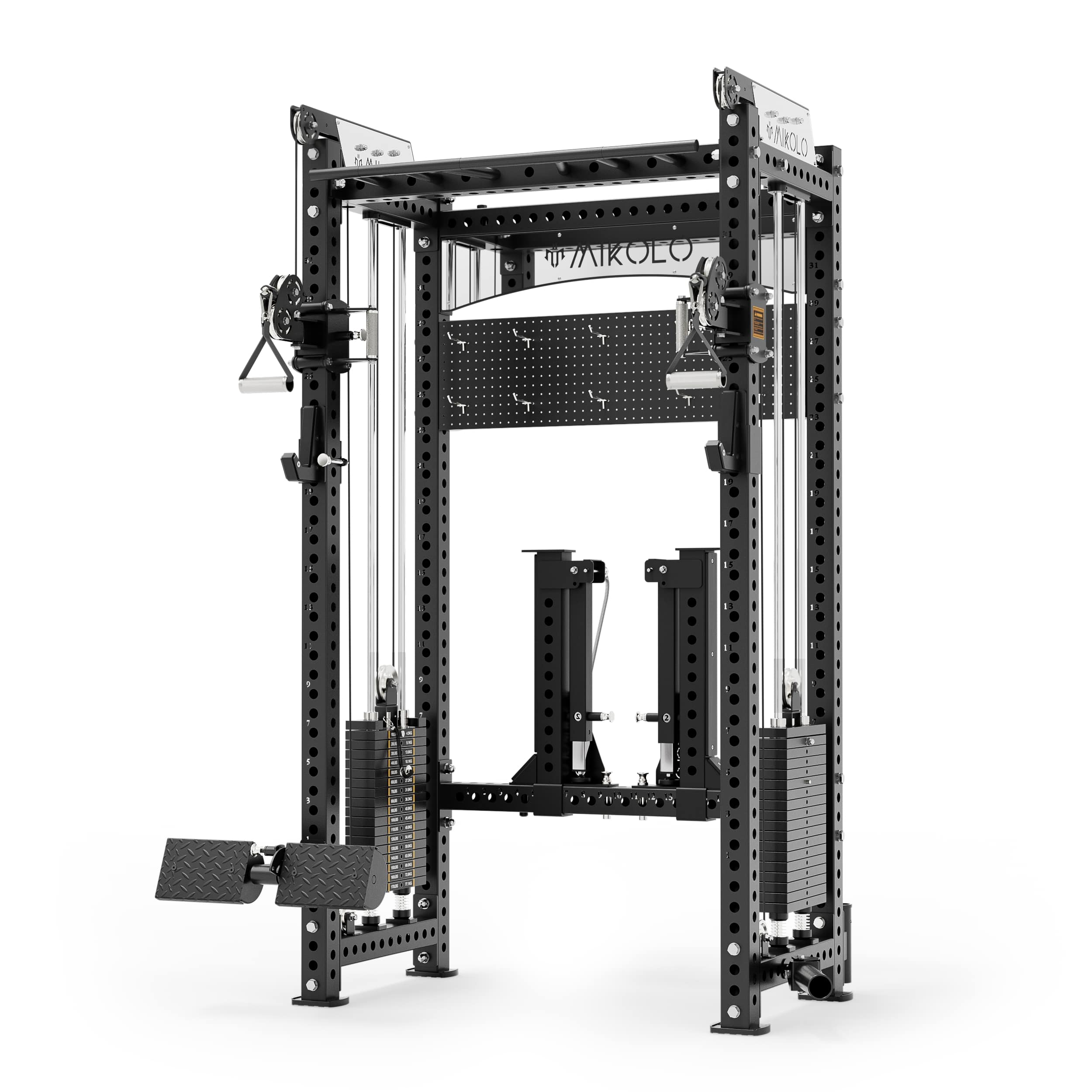
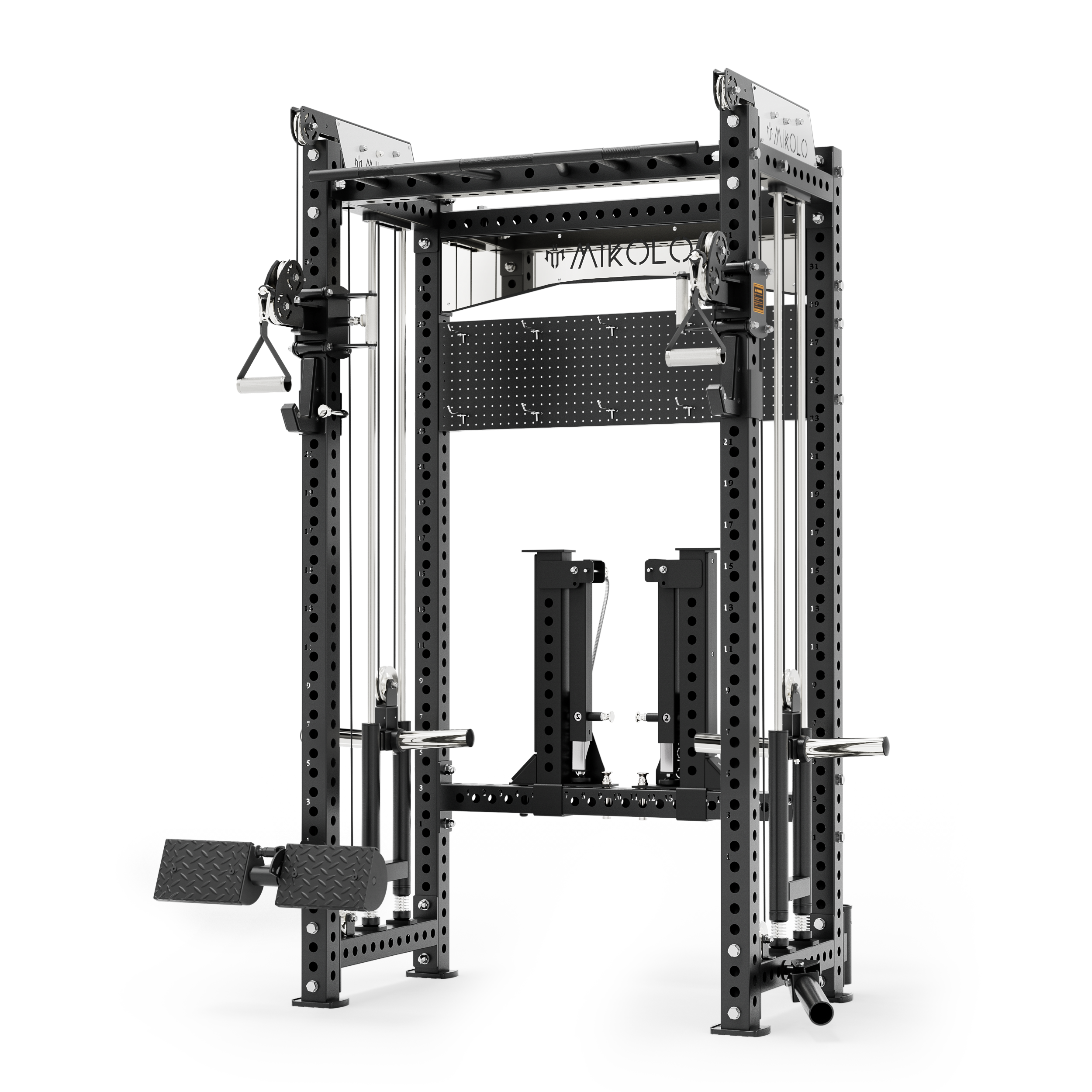


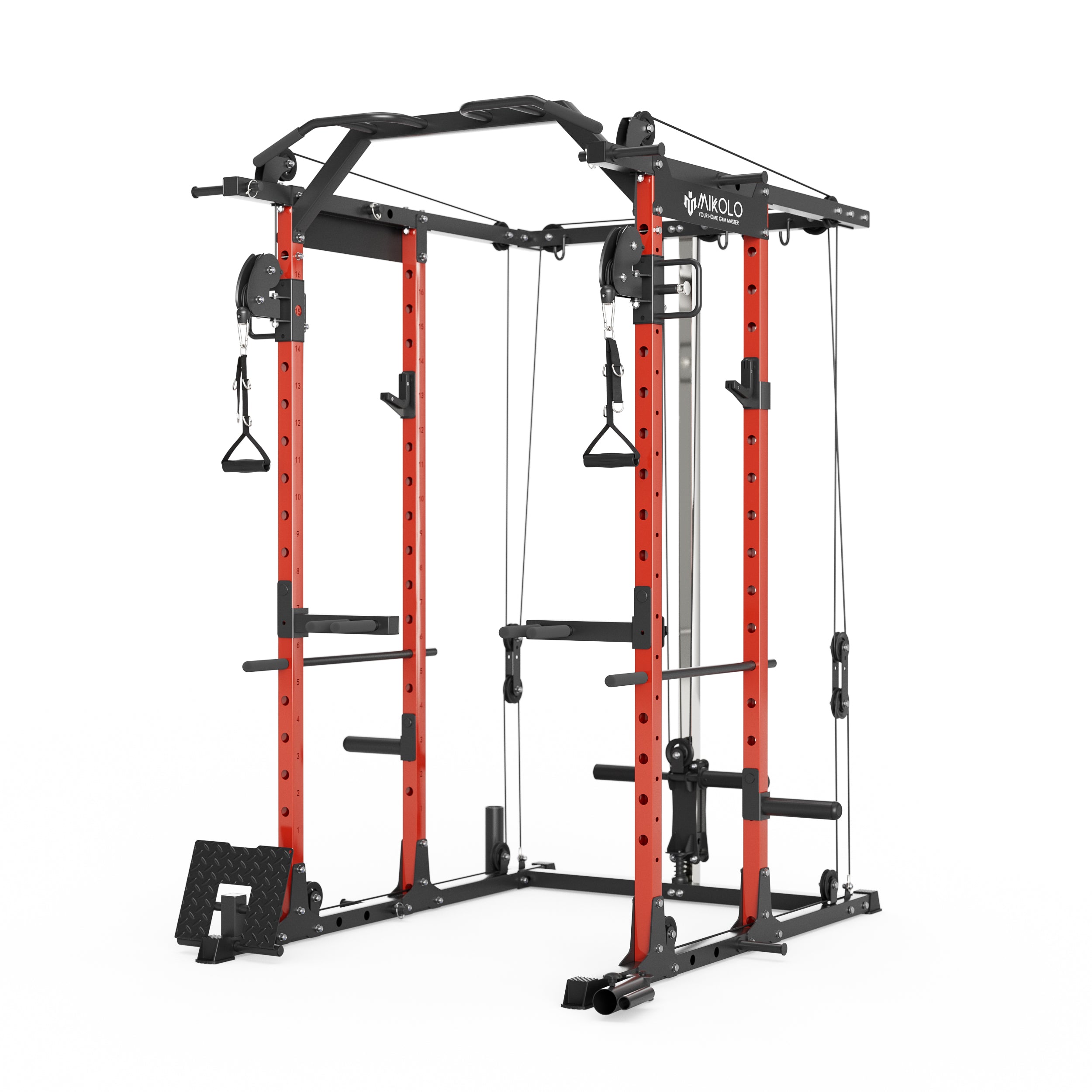
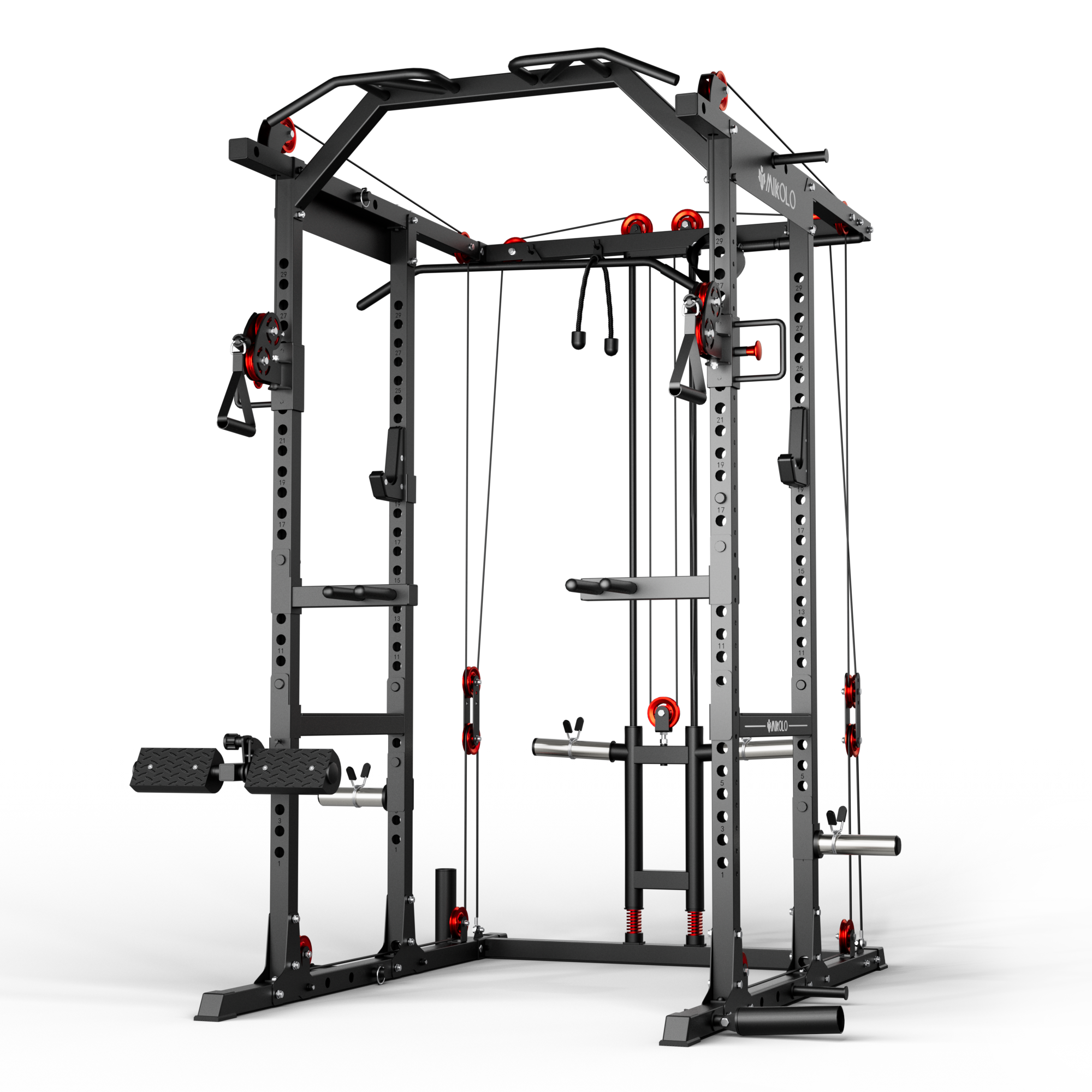



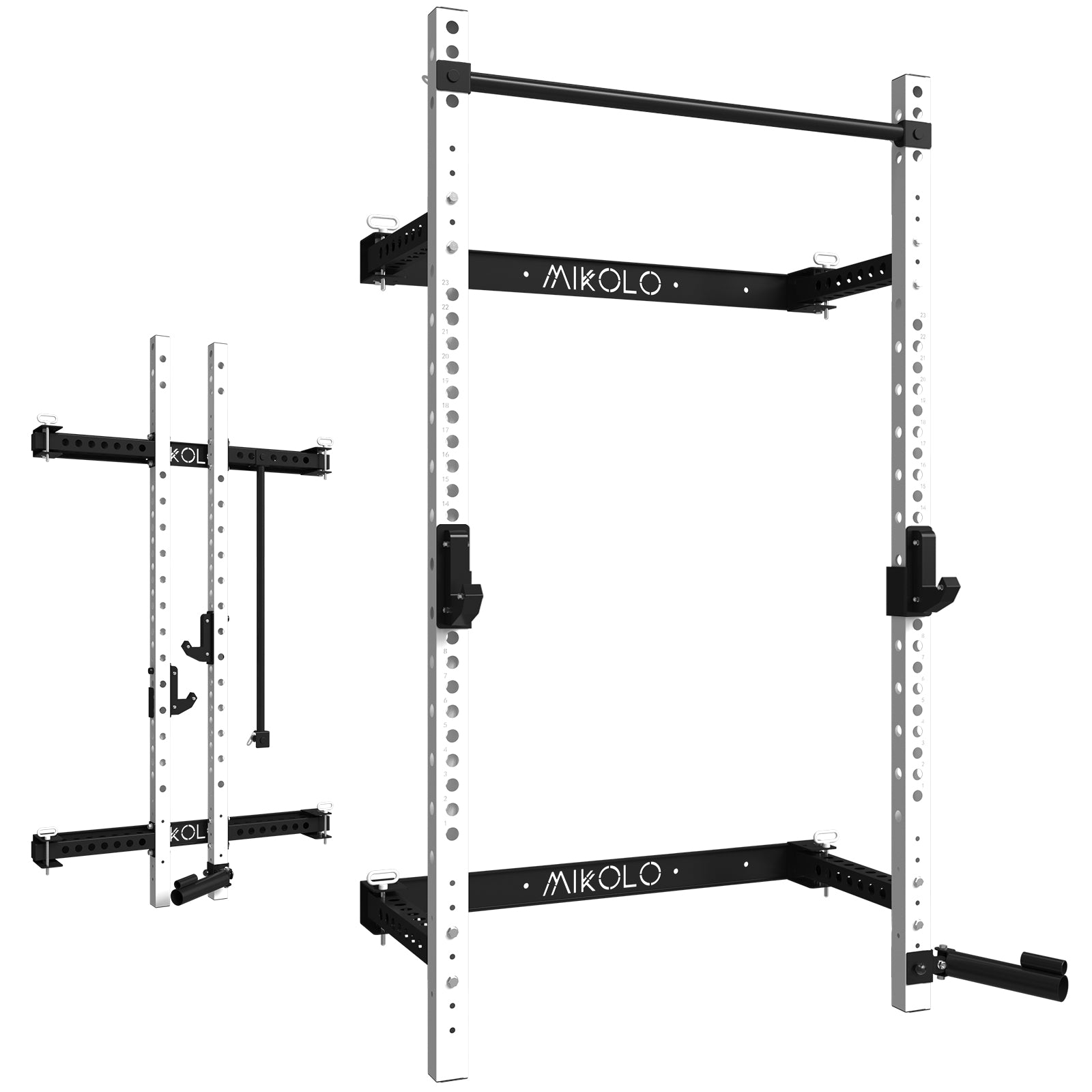

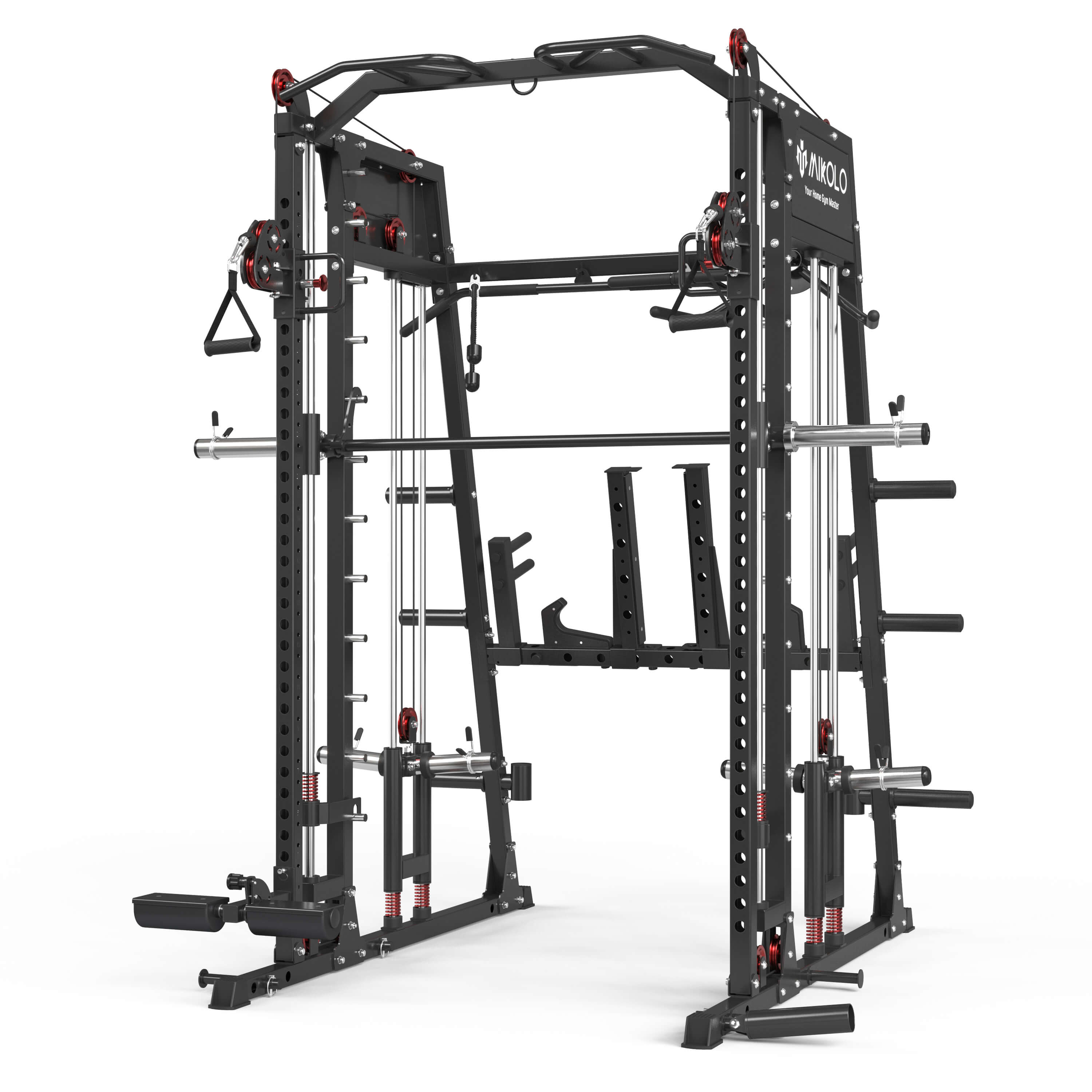
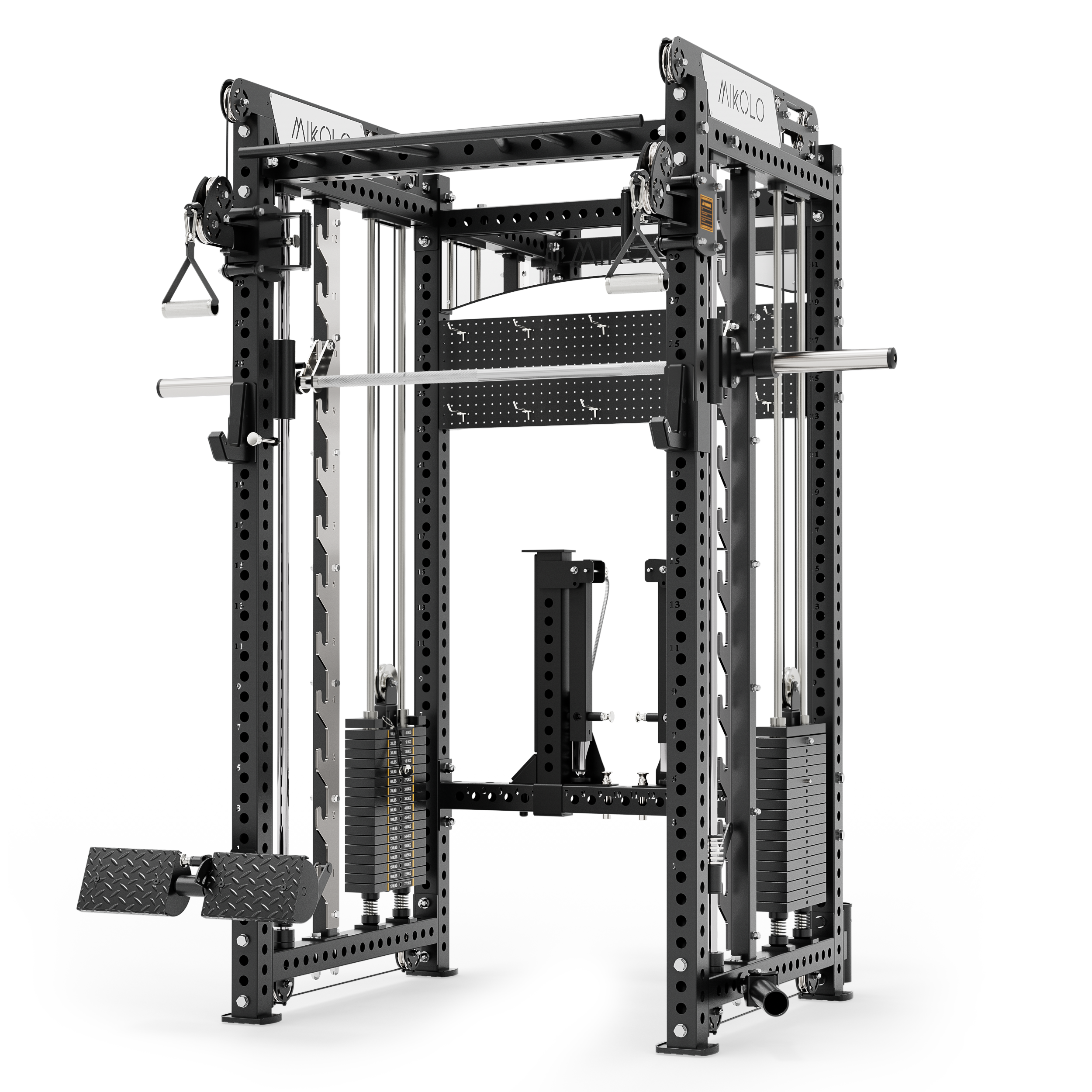
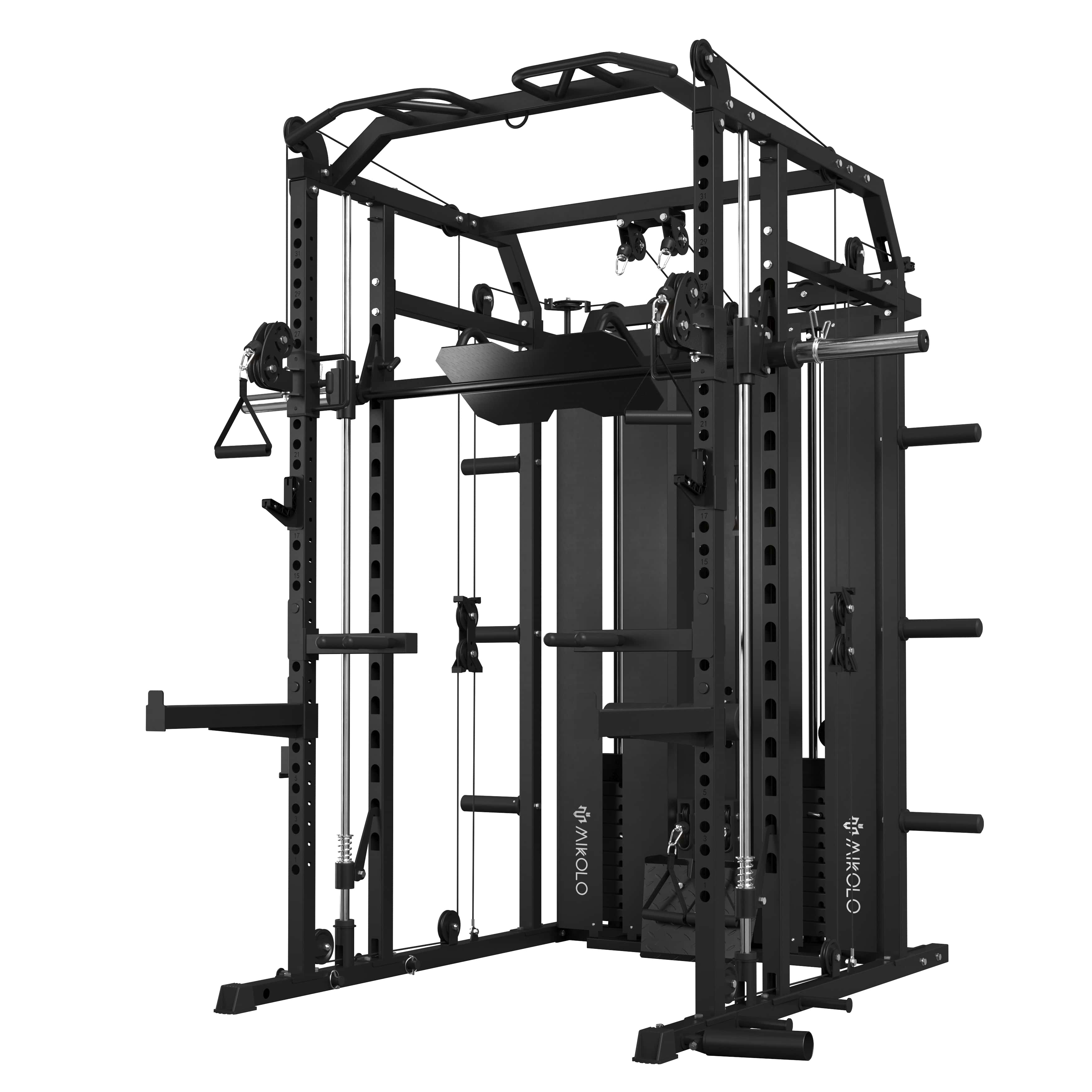




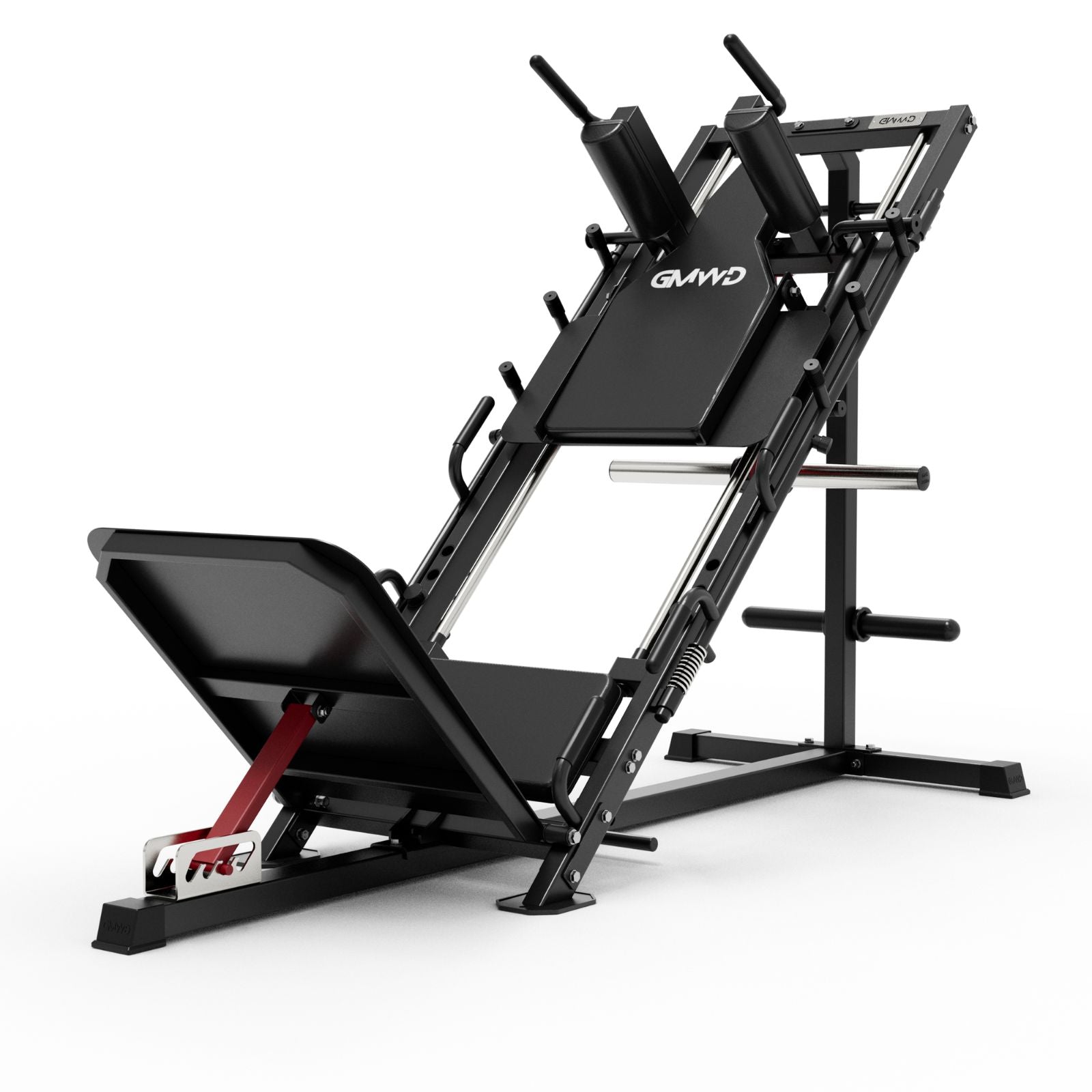


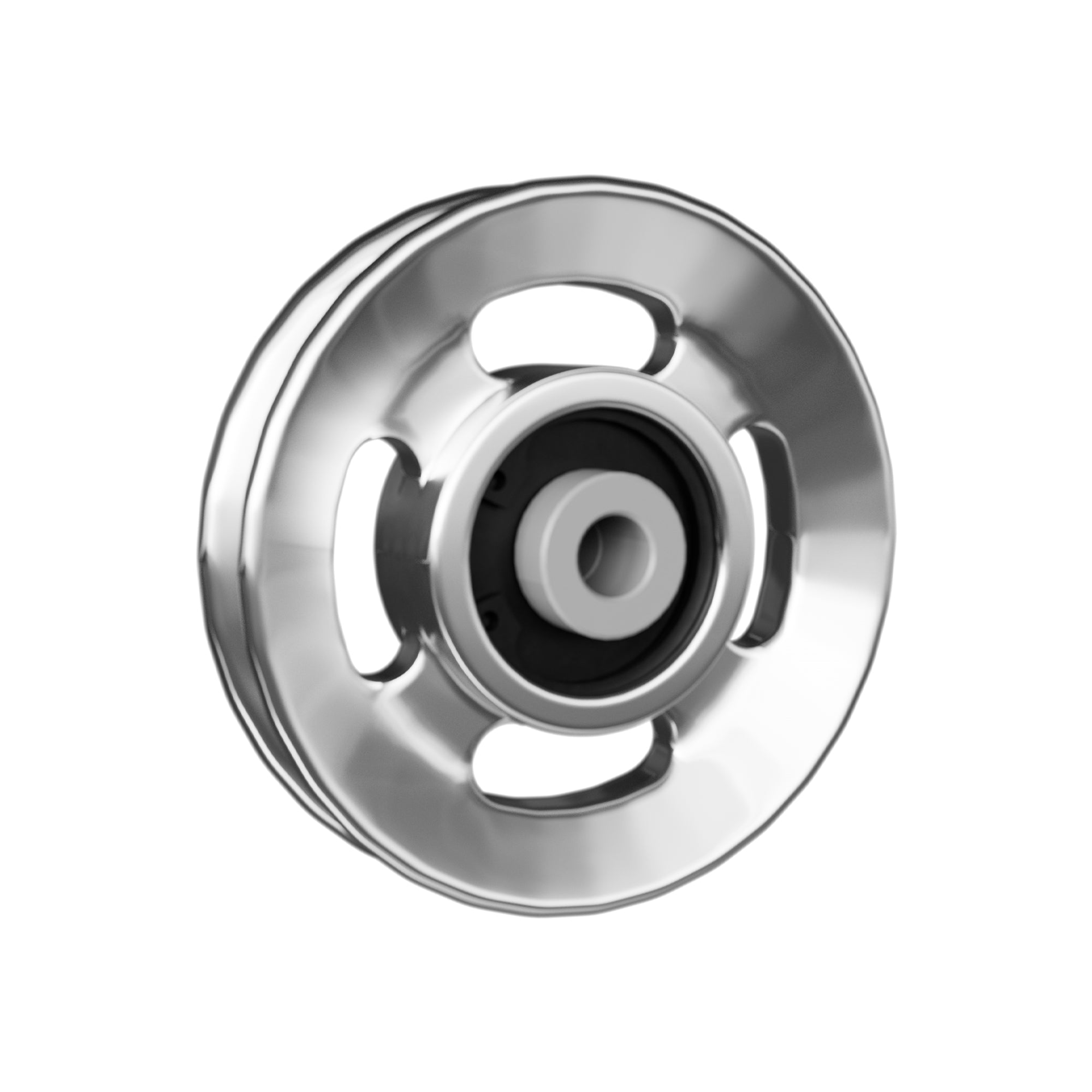


















Leave a comment
This site is protected by hCaptcha and the hCaptcha Privacy Policy and Terms of Service apply.